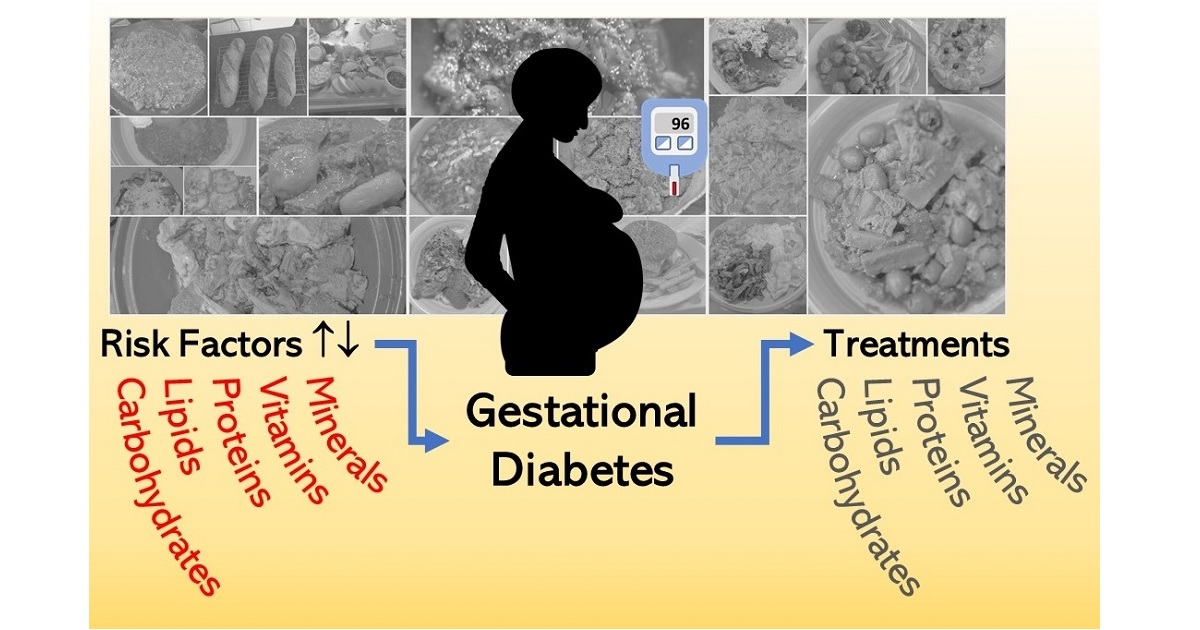- 5.0Impact Factor
- 9.1CiteScore
- 13 daysTime to First Decision
Nutrients as Risk Factors and Treatments for Gestational Diabetes
This special issue belongs to the section “Nutrition and Diabetes“.
Special Issue Information
Dear Colleagues,
Gestational diabetes mellitus (GDM) is a common complication of pregnancy affecting 20 million women worldwide each year. Its prevalence is rising as part of a diabetes pandemic. Nutrition plays a key role in GDM, whether (1) as part of an ‘unhealthy’ diet, which contributes to its cause, or (2) as part of changes in dietary intake, which act as the frontline treatment for GDM (sometimes supplemented with increased activity and pharmacological intervention). Dietary changes, therefore, can alter the risk of developing GDM in the first place, and once GDM has emerged during pregnancy, dietary changes can mitigate the risk of developing GDM-related complications, such as neonatal macrosomia, respiratory distress, hypoglycemia and jaundice, and maternal pre‑eclampsia, Caesarean section and placental abruption. In this Special Issue, we aim to highlight the role of nutrition in the etiology of GDM, whether directly or indirectly through weight gain and obesity, and in its role as a GDM treatment to lower hyperglycemia and the risk of the aforementioned complications.
Dr. Clive J. Petry
Guest Editor
Manuscript Submission Information
Manuscripts should be submitted online at www.mdpi.com by registering and logging in to this website. Once you are registered, click here to go to the submission form. Manuscripts can be submitted until the deadline. All submissions that pass pre-check are peer-reviewed. Accepted papers will be published continuously in the journal (as soon as accepted) and will be listed together on the special issue website. Research articles, review articles as well as short communications are invited. For planned papers, a title and short abstract (about 250 words) can be sent to the Editorial Office for assessment.
Submitted manuscripts should not have been published previously, nor be under consideration for publication elsewhere (except conference proceedings papers). All manuscripts are thoroughly refereed through a single-blind peer-review process. A guide for authors and other relevant information for submission of manuscripts is available on the Instructions for Authors page. Nutrients is an international peer-reviewed open access semimonthly journal published by MDPI.
Please visit the Instructions for Authors page before submitting a manuscript. The Article Processing Charge (APC) for publication in this open access journal is 2900 CHF (Swiss Francs). Submitted papers should be well formatted and use good English. Authors may use MDPI's English editing service prior to publication or during author revisions.
Keywords
- diabetes
- pregnancy
- obesity
- insulin resistance
- dietary intake
- carbohydrate
- glycemic index
- lipids
- fiber
- micronutrients

Benefits of Publishing in a Special Issue
- Ease of navigation: Grouping papers by topic helps scholars navigate broad scope journals more efficiently.
- Greater discoverability: Special Issues support the reach and impact of scientific research. Articles in Special Issues are more discoverable and cited more frequently.
- Expansion of research network: Special Issues facilitate connections among authors, fostering scientific collaborations.
- External promotion: Articles in Special Issues are often promoted through the journal's social media, increasing their visibility.
- e-Book format: Special Issues with more than 10 articles can be published as dedicated e-books, ensuring wide and rapid dissemination.

